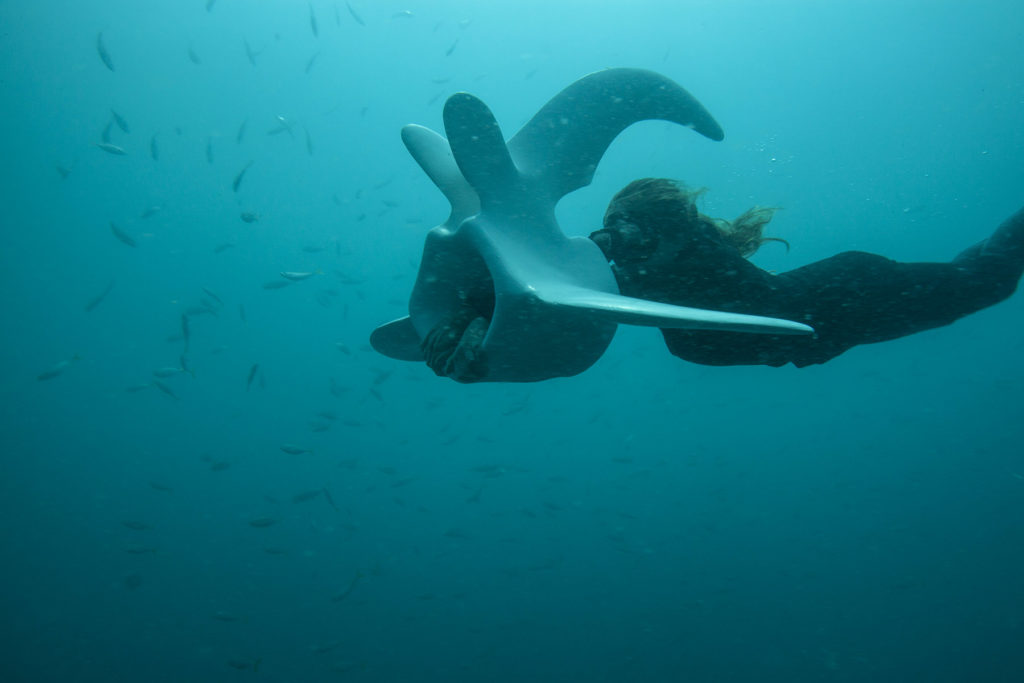
This project combines scientific, literary and personal references and perspectives in order to explore human violations and domination of nature. At the centre of this exploration lies the whale and the history of whaling; a history within which Signe Johannessen’s own family in northern Norway is deeply embedded. Whaling is controversial and can be used to illustrate the effort to overcome time and space through the mastery of an ancient animal that has always been living in our enormous oceans. The project consists of films, sculptures, drawings, a book and several workshops. Through the workshops Johannessen explored notions of death, fat, and misogyny together with whalers and fishermen in northern Norway.
One of the works that came out of the project is Olaus Magnus Teori (Olaus Magnus Theory). The video has its beginning in the traces of Aunt Tulla, an old relative of the artist who died many years ago. She used to collect remnants from the fishery and whaling industries in the small town where she lived. According to a local rumour, Aunt Tulla had hidden bones from old whales in her yard and house. Her home at the time was said to be filled with remnants of sea creatures and findings from the ocean.
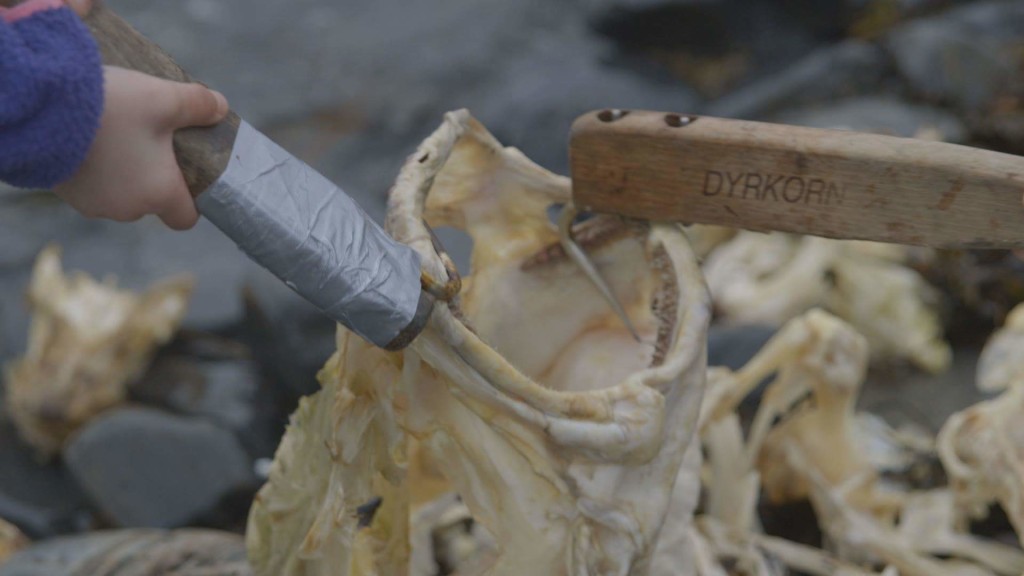
During 2015, Johannessen started digging in the garden where Aunt Tulla once lived, only to find seven enormous vertebrae from the spine of a sperm whale. Olaus Magnus Teori consists of material from the handling of the thus discovered parts of the spine, material collected from the fisheries in the town where Aunt Tulla lived, and a performance where the artist re-enacted Aunt Tulla’s search for remnants together with local children.
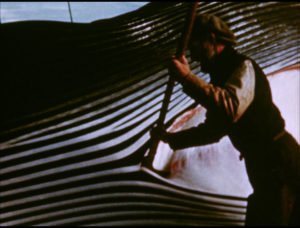
The video Hic sunt dracones places the viewer on a whaling boat where Johannessen’s relatives once worked. In the archive footage from 1940 rituals take place as men are preparing for the killing they are about to undertake. The work also takes us into the element and condition of actually being a whale.
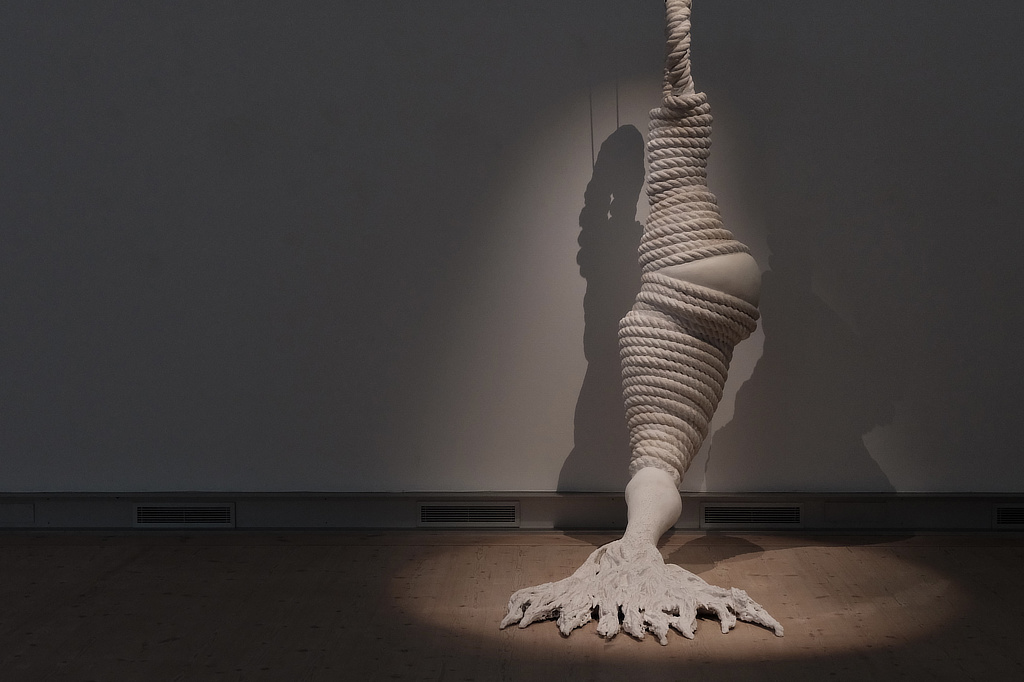
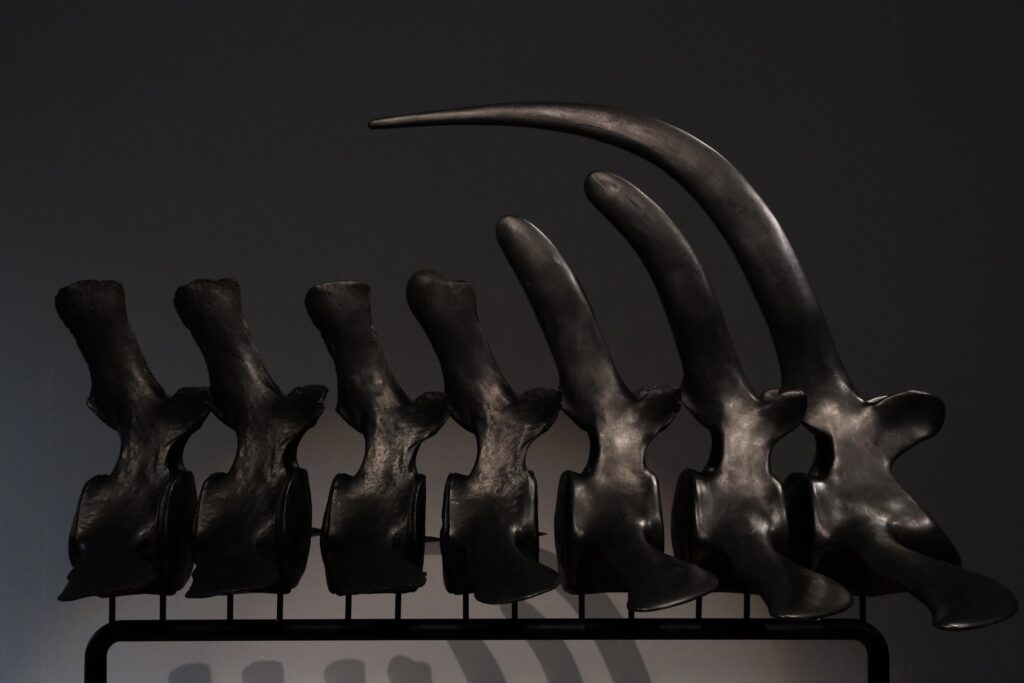
The sculptures Bone wars and Hold Me Closer are in dialogue with the videos Hic sunt dracones and Olaus Magnus Teori. The title Bone Wars alludes to the eighteenth-century struggle among scientists to be the first to name, find or present extinct species; a struggle that not only jeopardized science as such, but that resulted in dinosaurs and prehistoric whales being misrepresented in history books and museums.
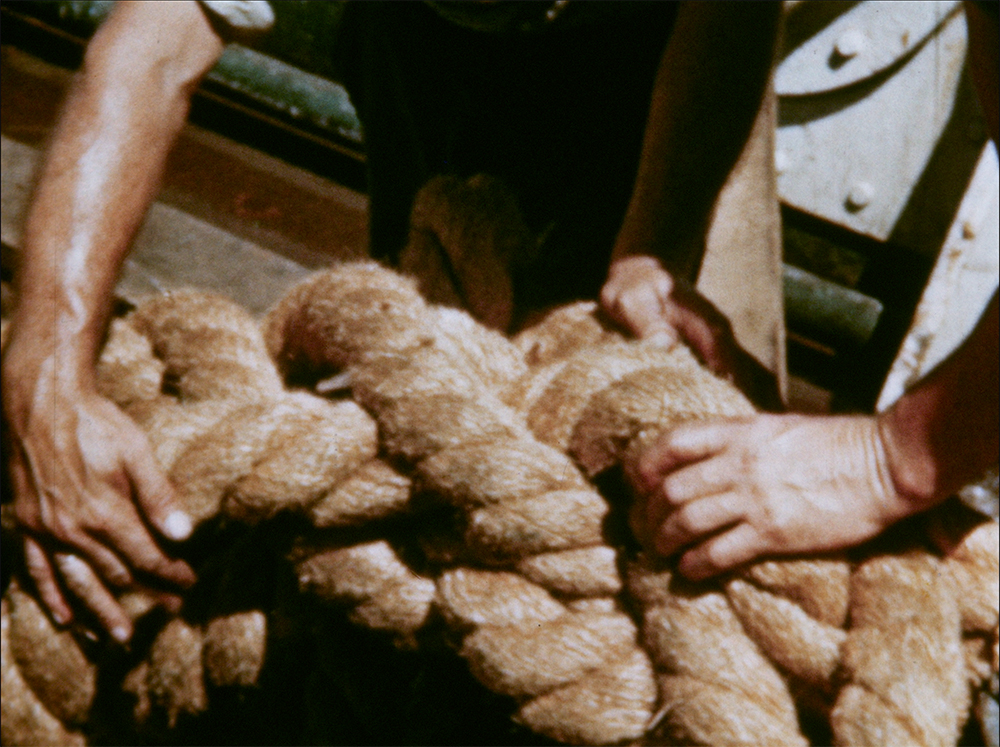
The work Sälen i Labyrinten och den eviga vilan (The Seal in the Labyrinth and the Eternal Rest) was a site-specific element of the project The Beast & the Eye of the Cyclone, made for the city of Norrköping in Sweden. In 1908 a new city hall was built in the city of Norrköping. During the construction, a skeleton was discovered in the muddy ground. It turned out to be the remains of a seal that had lived there 6000 years ago. In the time since the skeleton was found it has been shown in many different exhibitions at Norrköping Museum. The remains have been moved and wrongly presented in different display cases several times over the years.
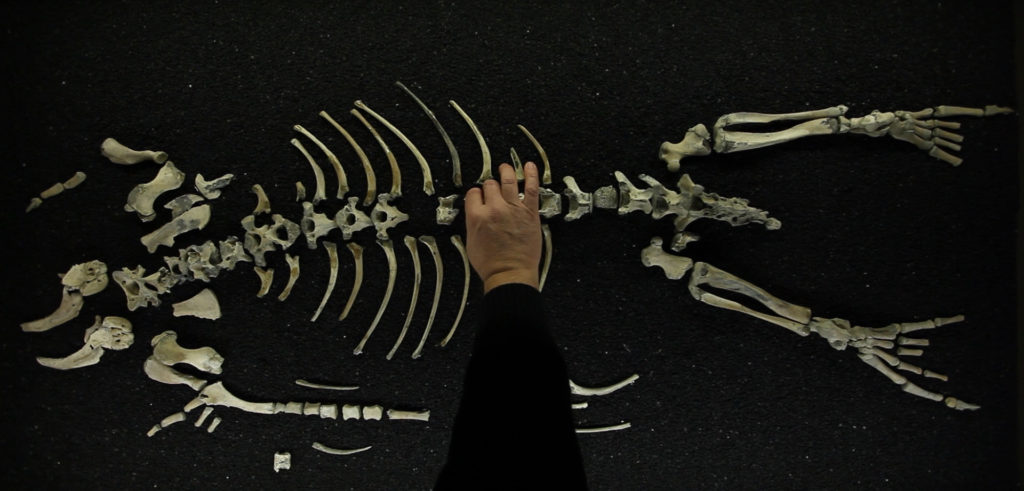
The Seal in the Labyrinth and the Eternal Rest consisted of a performative interaction with the remains of the old seal. The interaction was a collaboration with Norrköping Museum, The Swedish History Museum and the archaeologist Jan Storå from Stockholm University. The interaction showed that the skeleton was assembled incorrectly. By opening up the display case and questioning the way in which the remains of the seal were placed the performance raised questions about the writing of history and by whom it is written. The remains have finally been organized correctly in accordance to contemporary natural science.
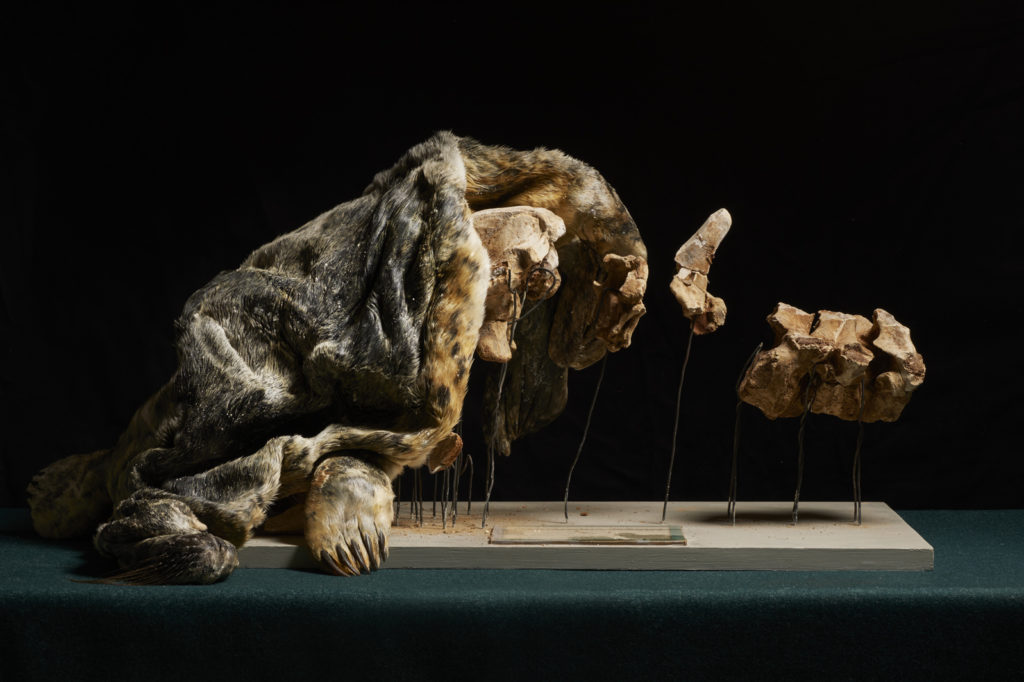
The Beast & the Eye of the Cyclone also became a publication, which was produced in collaboration with curator Caroline Malmström.
Press
- Statenskonstrad.se/program/statens-konstrad-moter-signe-johannessen
- Sydsvenskan.se/2019-06-14/ystads-konstmuseum-djupdyker-i-fragor-om-vart-beroende-av
- Ystadsallehanda.se/article/poetiskt-och-mangbottnad-om-havet
- Kunstkritikk.se/nyheter/supermarket-bortom-basen/
- Landetsfria.se/artikel/126150
- Mvt.se/kultur-noje/recensioner/havsdjup-som-beror-pa-djupet-om4407542.aspx
- Kuriren.nu/kultur/skiftande-uttryck-i-ett-oberakneligt-landskap-9037021.aspx
- NT.se/kultur-noje/recensioner/sanningar-och-fragor-om4128100.aspx
- Folkbladet.se/kultur-noje/ifragasatter-manniskans-vald-pa-naturen-om4125296.aspx
- Kultursidan.nu/?p=25073
- Sverigesradio.se/sida/artikel.aspx?programid=160&artikel=6425861